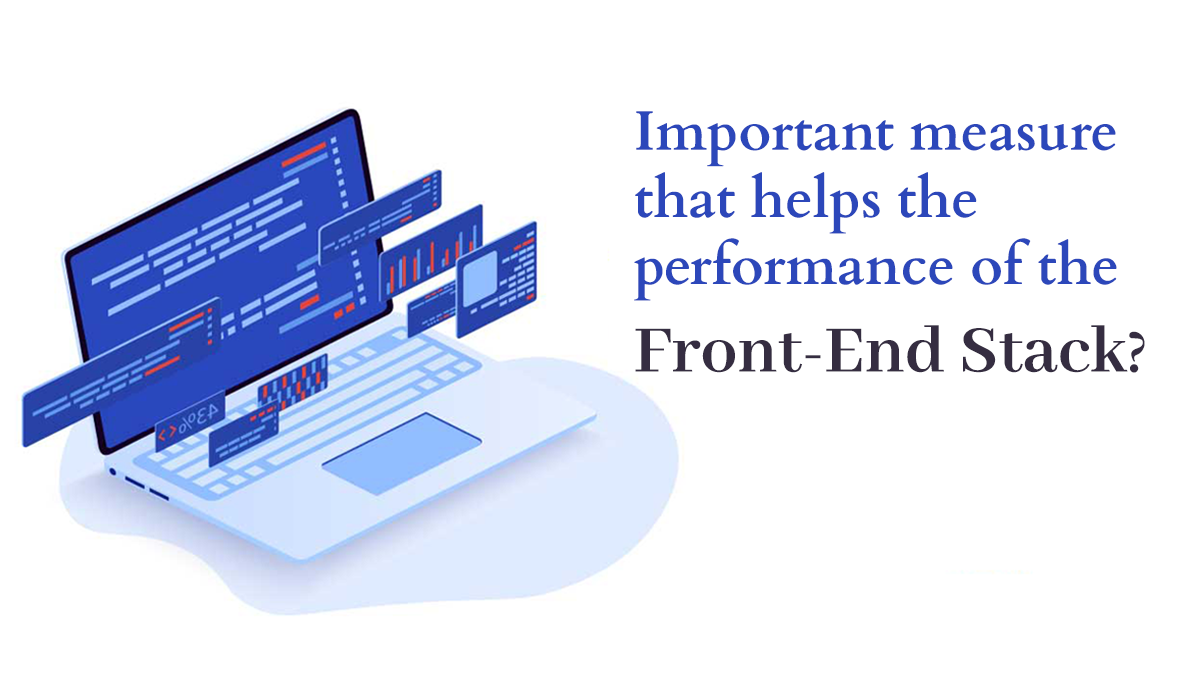The Front-end stack refers to all the tools that are used to create and manage the user interface (UI) elements of a website. The front-end stack states all the JavaScript frameworks, CSS preprocessors, templating engines, and other tools that Frond End Stack Developers use to help them build their site’s UI. With an ever-changing list of tools available to developers, choosing the right combination can be challenging, but improving your front-end stack performance doesn’t have to be difficult with these three tips.
1) Reduce The Size of JavaScript Files
You can reduce a JavaScript file’s size by minifying it. There are many online tools you can use for minification, but it’s also easy enough to do in code. Tools like Google Closure or YUI Compressor are popular because they automatically compress and optimize your code at once. Other ways of reducing file size include combining external libraries into one script, and modifying a style sheet’s selector so it applies only to specific elements instead of every element on a page.
2) Minimize HTTP Requests
Using too many HTTP requests can cause major performance issues. On larger sites, minimizing your HTTP requests is a good way to speed things up overall. You may also want to look into a CDN (Content Delivery Network), which can serve your images from a server closer to your users. Using fewer HTTP requests will help you avoid that dreaded loading message while also keeping your site load times in check.
3) Use Key CDN or Cloudflare CDN
The internet is very fast, but web servers and networks aren’t. By using a CDN like Cloudflare or Key CDN, you can leverage data centers around the world that are hosted by companies who have a vested interest in making their customer’s websites load as fast as possible.
Hosting your content in the right location can make a huge difference to your site performance, especially if you’re running an e-commerce website. A Content Delivery Network (CDN) considers this, replicating your website content across multiple geographically dispersed locations, with intelligent routing systems in place to serve the user the content they need based on their location and ISP.
Make A Good First Impression
A strong first impression can set the tone for a lasting relationship between your website and your customers. Implementing page-load speeds of under two seconds, sites can immediately deliver that positive experience on arrival, providing more time to focus on a great brand experience moving forward. That’s why it is essential to ensure that your first impression is instantaneous, and avoid slow server response times, delayed content delivery network (CDN) activity, and unoptimized image formats.
Bottom Line
The Front-End Stack is the combination of JavaScript frameworks, CSS preprocessors, templating engines, and other tools that developers use to create the UI elements of a website or web app. It’s important to choose the right combination of tools to ensure your website performs well.
Technogiq IT Solutions is a leading company that offers services in Front End Stack and other emerging technologies. Let’s get connected for more information.

